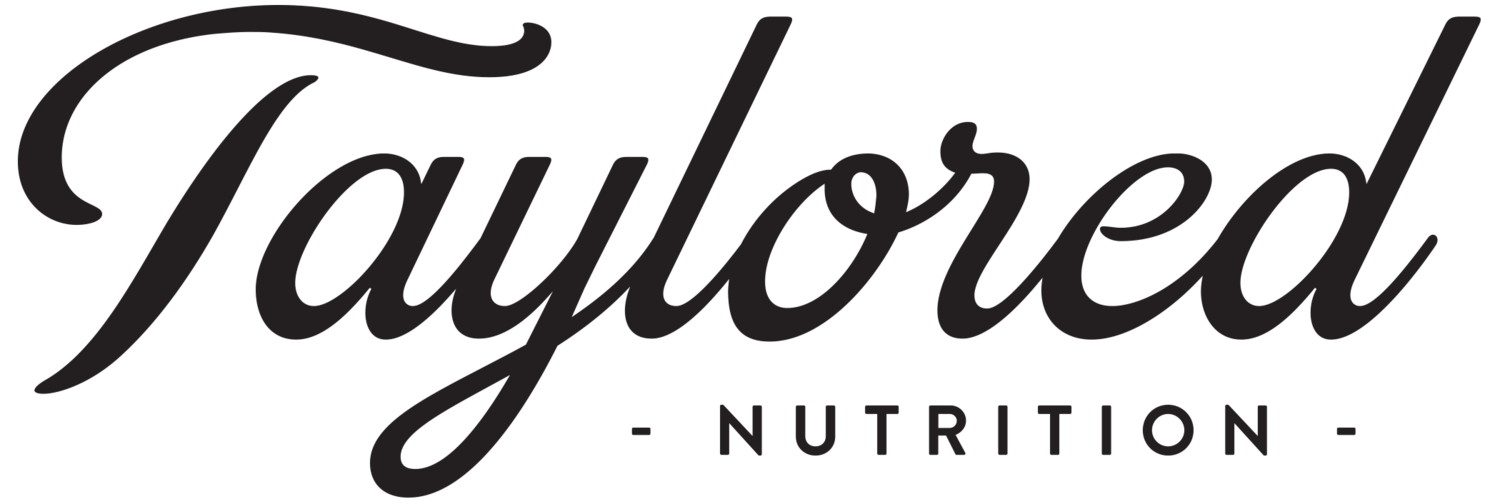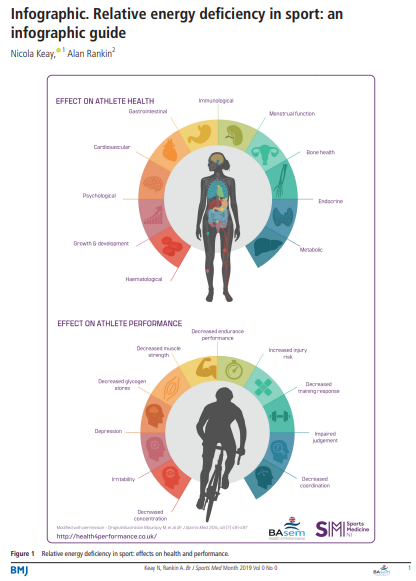Hi everyone!
It’s been a while since we’ve had a new article on the blog, but that is because I’ve been working EXTREMELY hard on something that I think can be valuable to many of you. It’s the Ending Underfueling Course and it’s out now!
If you have been following me for a while, you know that I talk a lot about underfueling in sport. And I talk about it because I have SEEN it and seen what it does to so many promising young athletes. I have worked solely with young athlete for about the last 8 years and underfueling has been the underlying issue for so many of the athlete that have come to see me struggling with their performance, struggling with injuries or struggling with body composition goals.
I worked in a Sports Medicine center for at least 7 of those past years and sometimes even I was surprised that underfueling was the underlying reason for their injury or performance complaints. I remember, in the beginning, knowing an athlete was coming in to see me with a certain injury or issue and I would think, “ok, I’m not going to assume this is from underfueling. It’s probably something else”. BUT, after having our initial session and sometimes another follow-up, I knew quickly that the issue did in fact stem from the athlete’s underfueling. Even I, the practitioner, was surprised (early in my practice) to see (1) how rampant underfueling is in young athletes and (2) how serious and detrimental underfueling can be to their performance as well as their mental and physical health.
With that said, I have worked with hundreds of athletes over the years to help them get out of an underfueled state. To help them see how much food they really need to perform, keep growing and feel their best. And, when we start, I have found that keeping it simple is actually very effective and appreciated by most of the athletes and families I work with. Many athletes that come to me have zero to limited food and nutrition knowledge. I like to start my education and coaching on the more general (but important) side, teaching the fundamentals, and giving the athlete a chance to offer their input as we start improving their fueling. I do NOT just hand a family a meal plan and say “this is how many calories you need a day” (not effective in the long-term, and for many probably not the short-term either).
Over the last 8 years I have loved working with young athletes in the clinic one-to-one setting, getting to know them, their sport and their struggles and help them increase and improve their intake. I have loved seeing the smiles on their faces when they come back to see me, feeling better in practices, reaching new levels, having better performances or finally recovering from an injury. It has been one of my biggest joys.
Most of you know, however, that last year I shifted gears, went fully into private practice and decreased the hours that I worked in order to be more present and able to take care of family members. I am so thankful for the chance to do this, but when I made the shift I kept thinking, “There are so many athletes out there that would benefit from this initial information and coaching. I hate that I can’t reach as many young athletes anymore”. Then I found that, out of the athletes that I did work with in private practice, finding times to meet consistently was challenging and sessions got rescheduled due to sports conflicts. Now, I found myself thinking, “I wish I could just hand you my teaching so you could learn when it is convenient for YOU. At least you would hear what I have to say and could start working on some of these things on your own. Then we can troubleshoot and discuss questions when we are able to meet again”.
These two situations are really what prompted me to create what I’m announcing today, the Ending Underfueling Course.
What I do in this course is walk through what I typically teach the athletes that come to see me specifically for underfueling in our first one or two sessions. It is not an all-inclusive program where you will get all of the information about sports nutrition and proper performance fueling - it is very focused on this one specific topic of underfueling (I do have a comprehensive program that I run, if that is something you are even looking for). I have created the Ending Underfueling Course to be a quick focused resource for those of you with athletes struggling or who might be struggling with underfueling. It provides education on this term, including what it is, why it’s a problem and how much better we can be as athletes if we are playing in a fueled state vs. underfueled state. Then I dive into my initial coaching process that includes some teaching but also challenges athletes to start looking at what they are eating now, giving them a framework to follow to start getting where they need to be to be better fueled. And I provide handouts and worksheets along the way to support them.
I decided to put this specific content in the course because I have actually had many many athletes come to me after just focusing on these action steps and tell me they are starting to feel and perform better and that creating meals and snacks and deciding how many meals and snacks to eat in a day has become easier and less complicated.
SO, if this sounds like something your athlete could benefit from, please take a look at the course. THIS week is the first time I’m launching the course and because it’s new, I’m offering it at a huge (50%) discount for the first week it’s open AND I’m offering a free 20-minute bonus call for anyone that would like it after they purchase the course. You have the option to take the course as is OR, if you would like more support from me, you can purchase a 60-minute session with me for a discount when you purchase the course.
interested in the course?
You can get more details HERE!
If your athlete has been struggling with underfueling, I would love to have them in the course!
Wishing you a well-fueled young athlete,
Taylor








